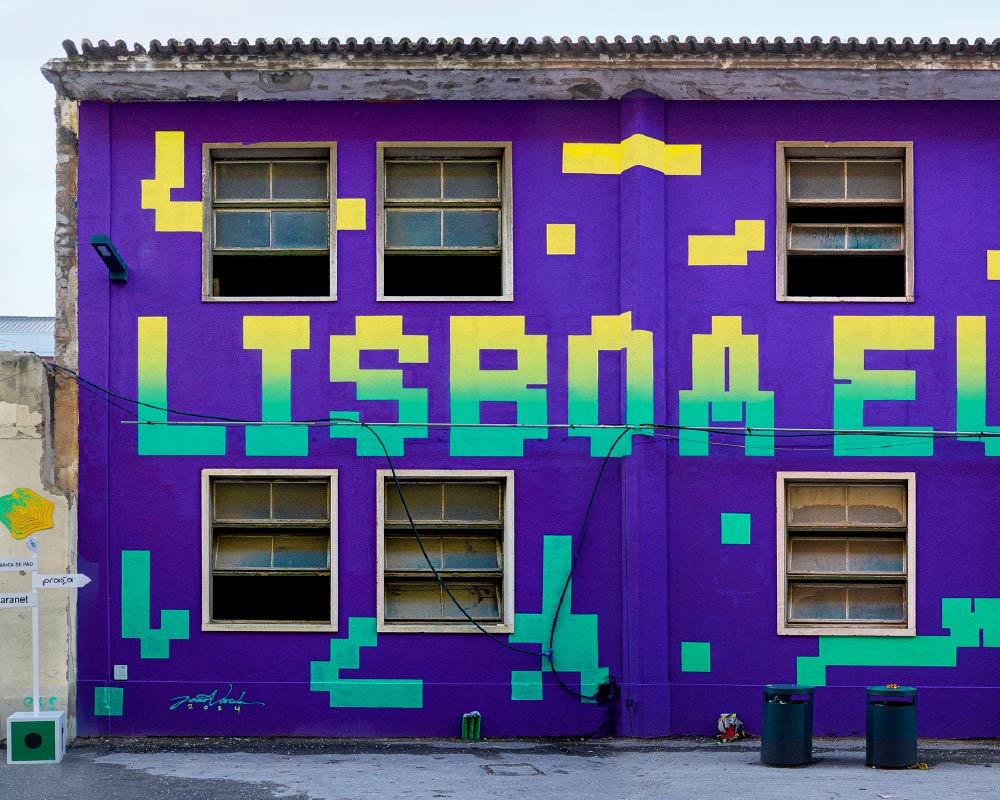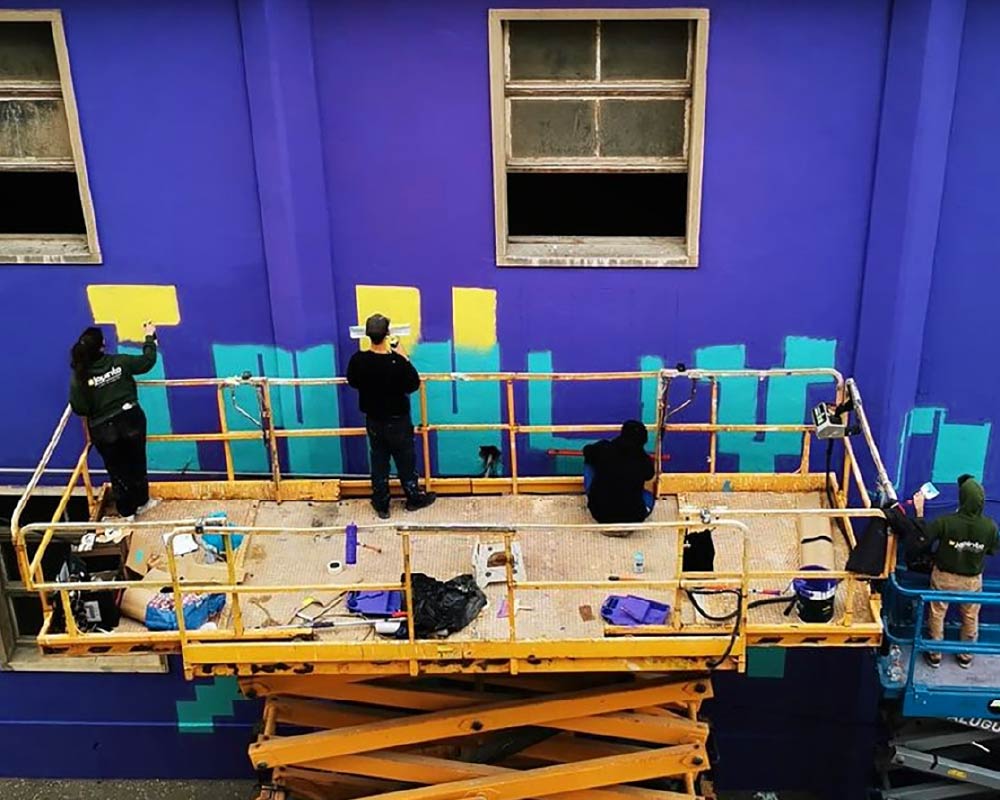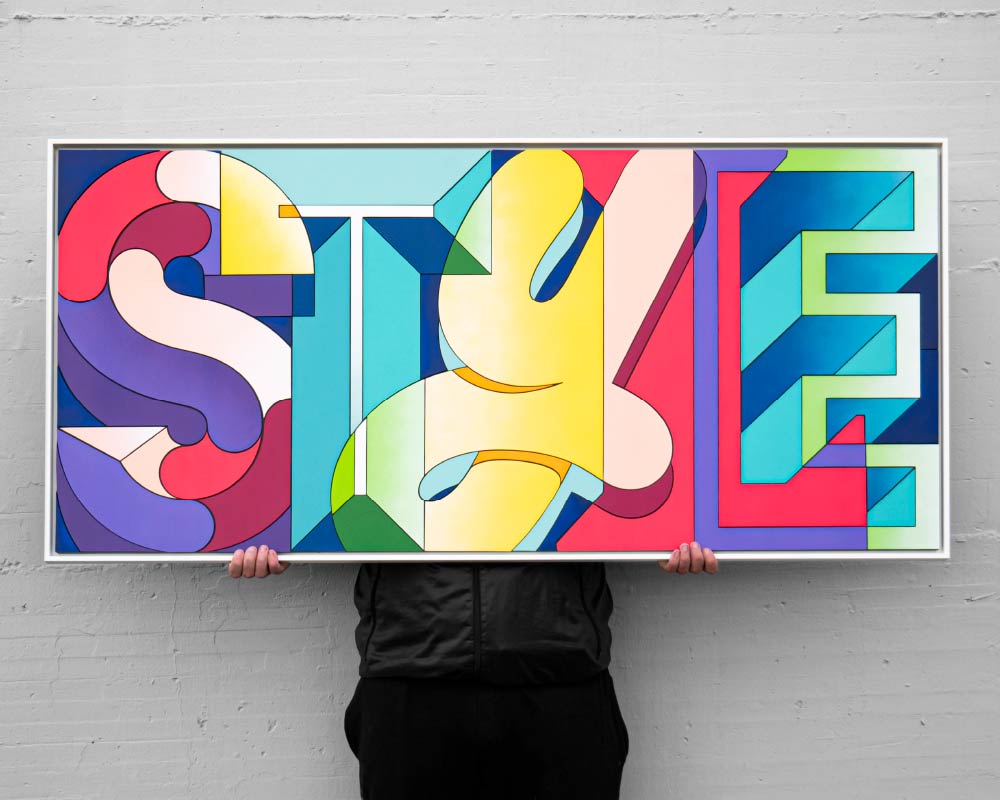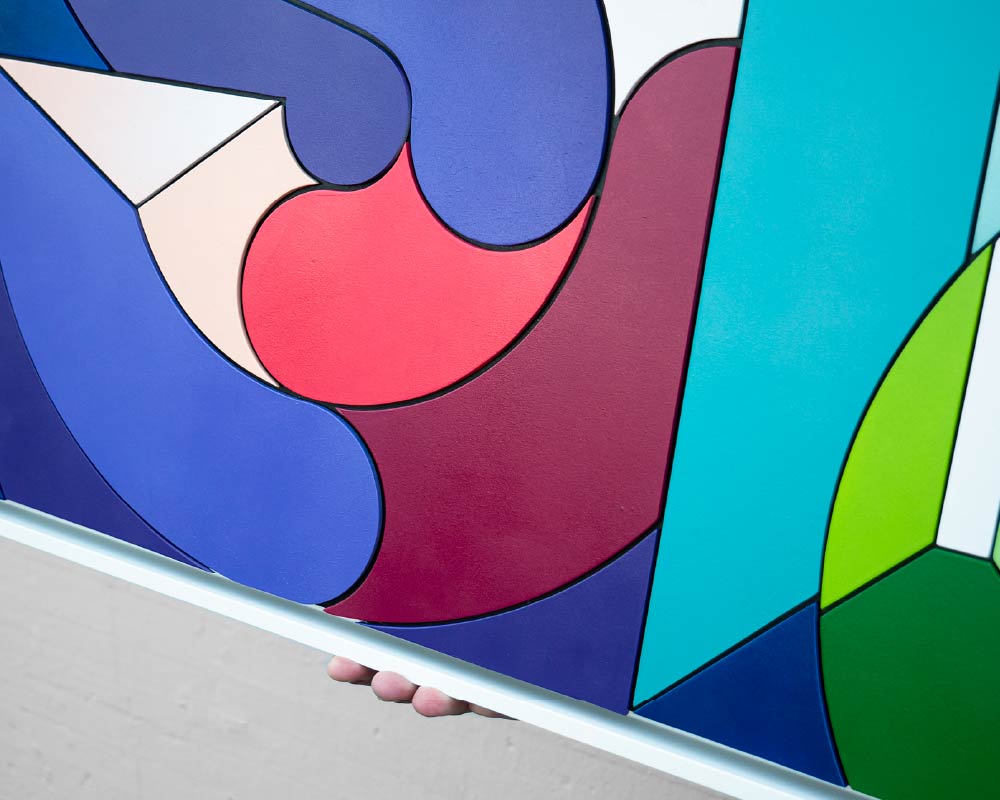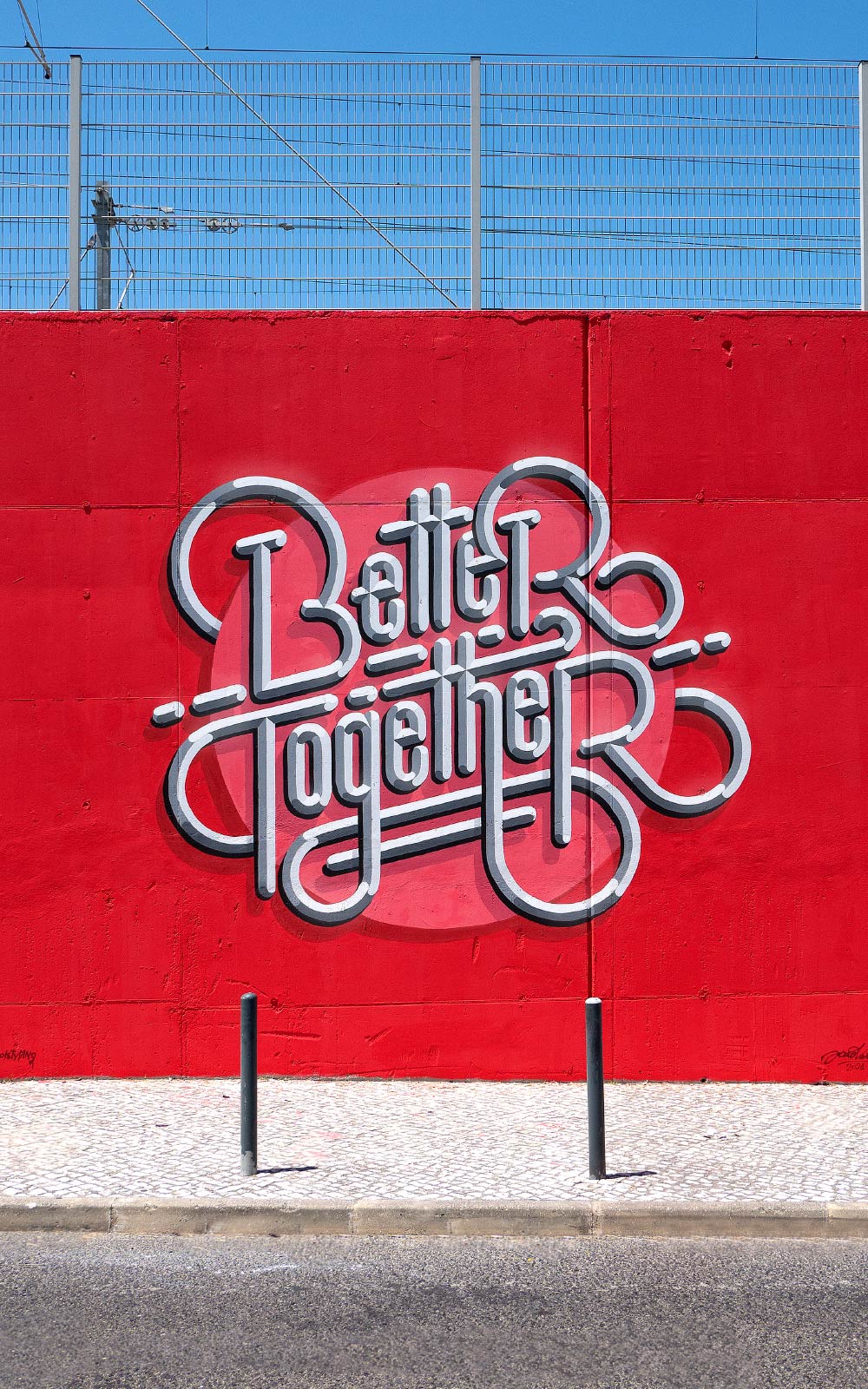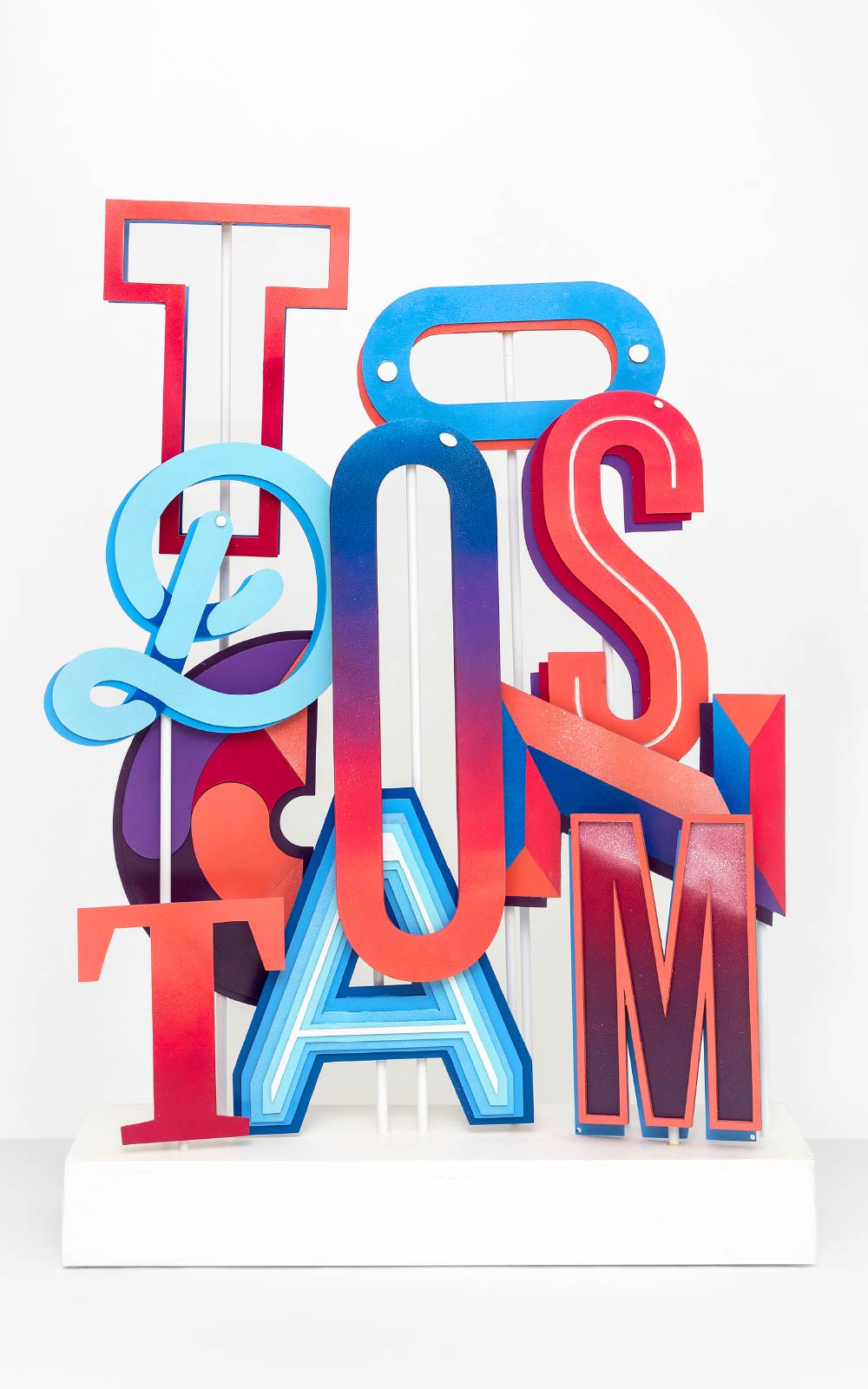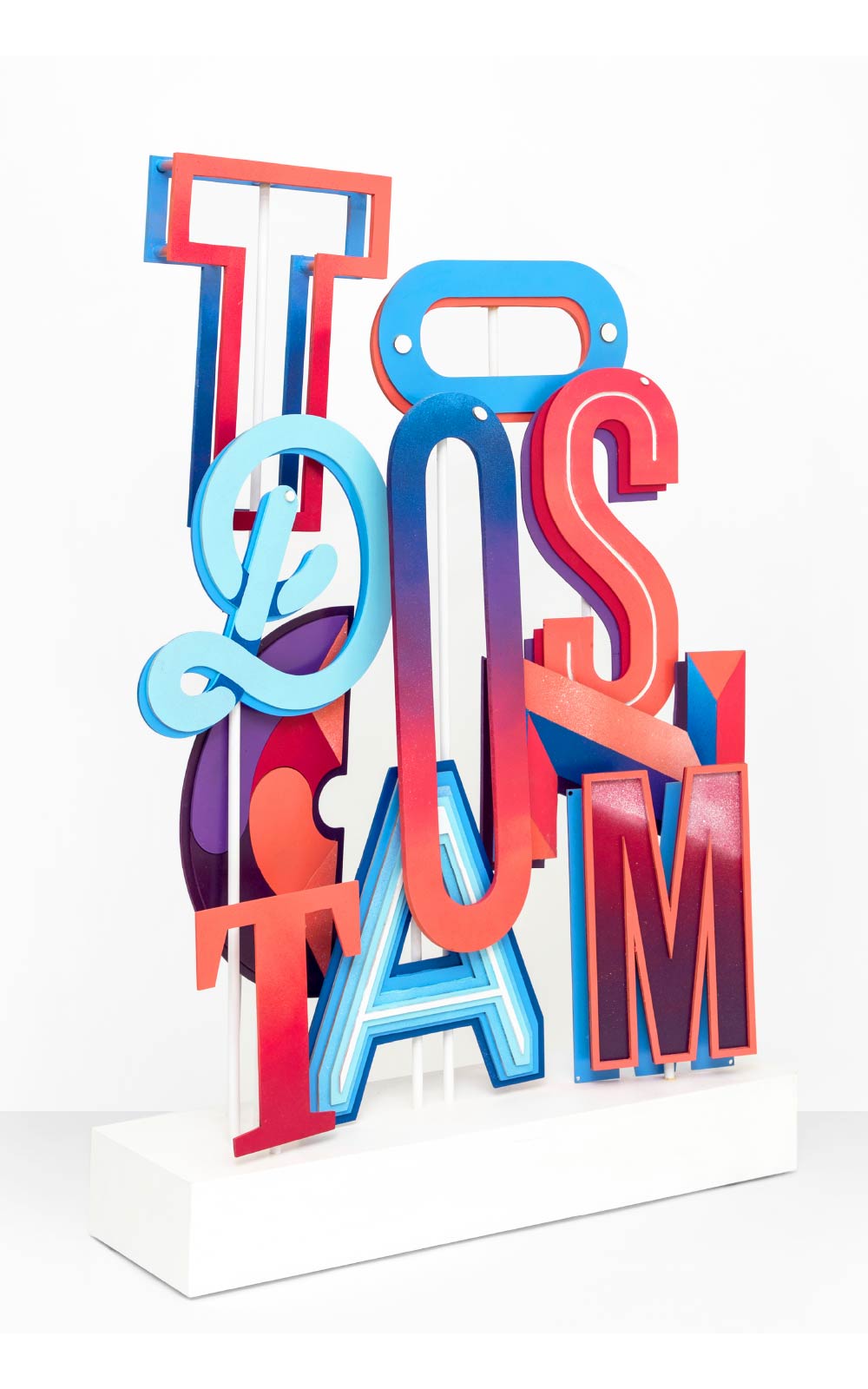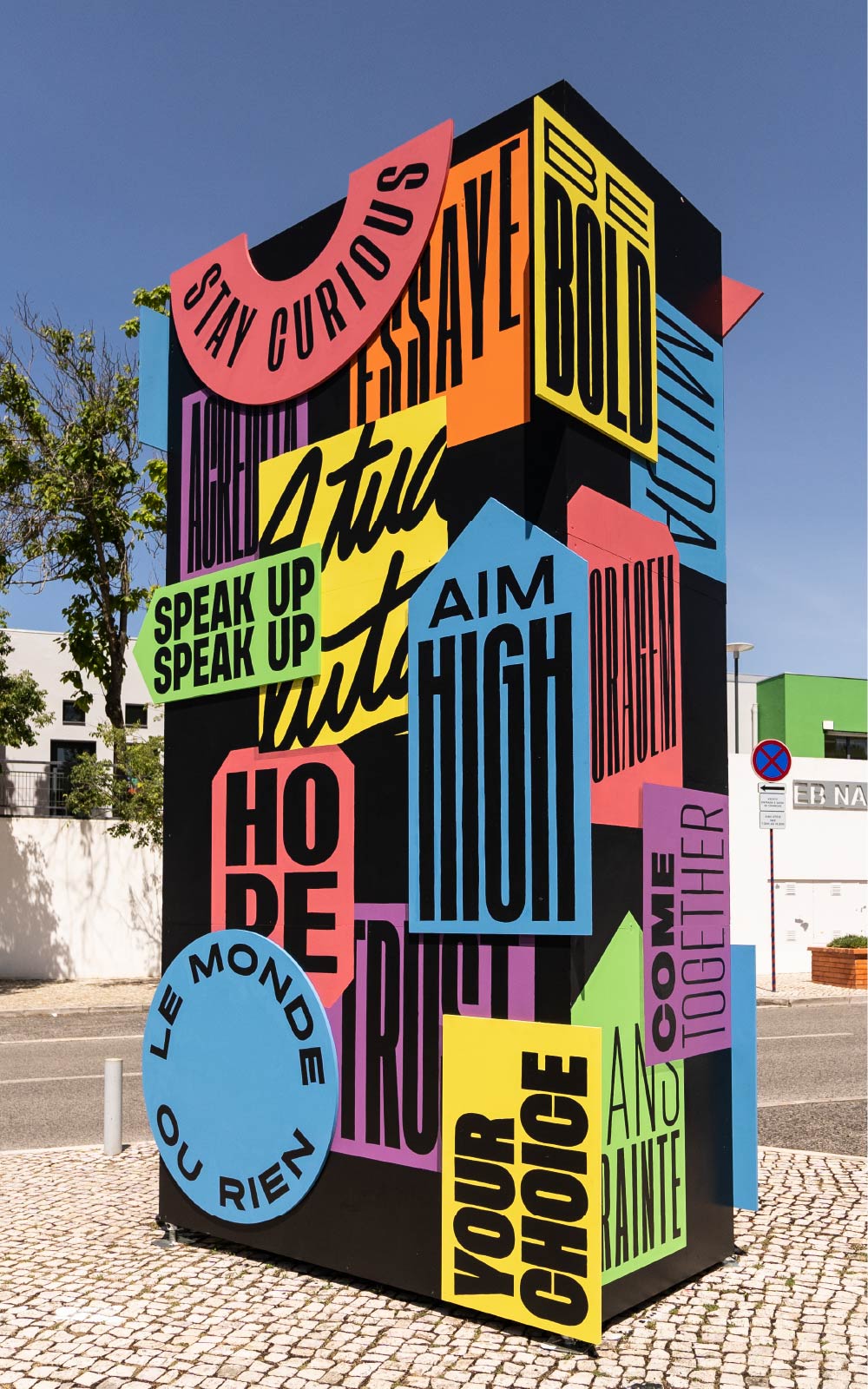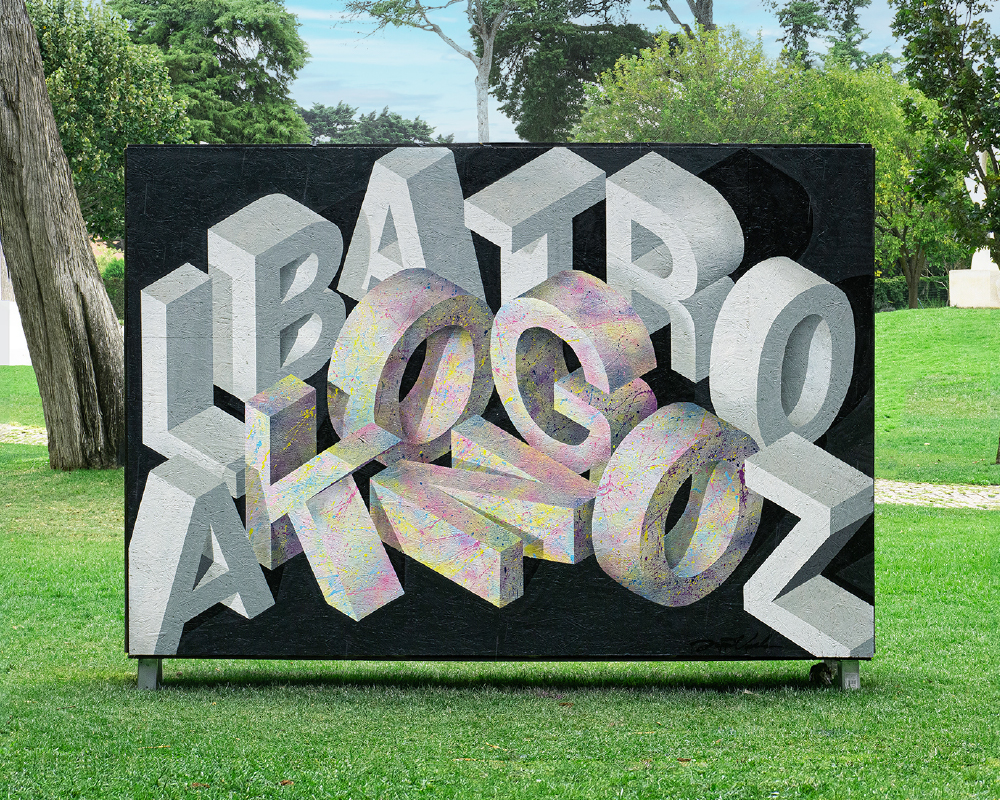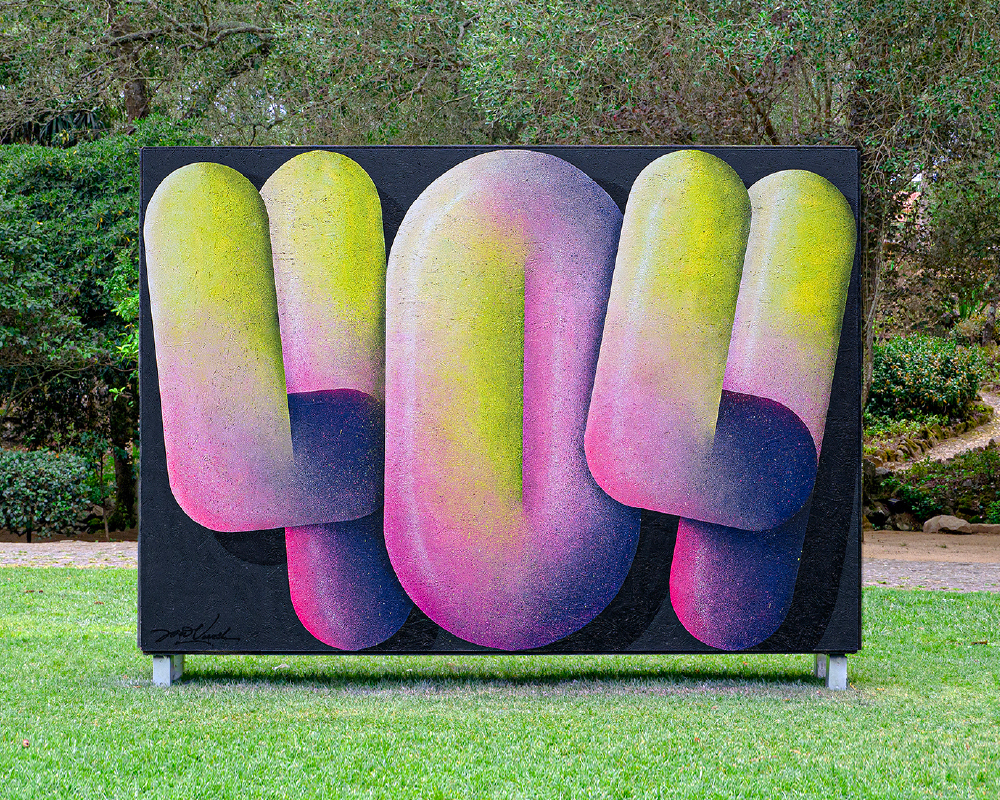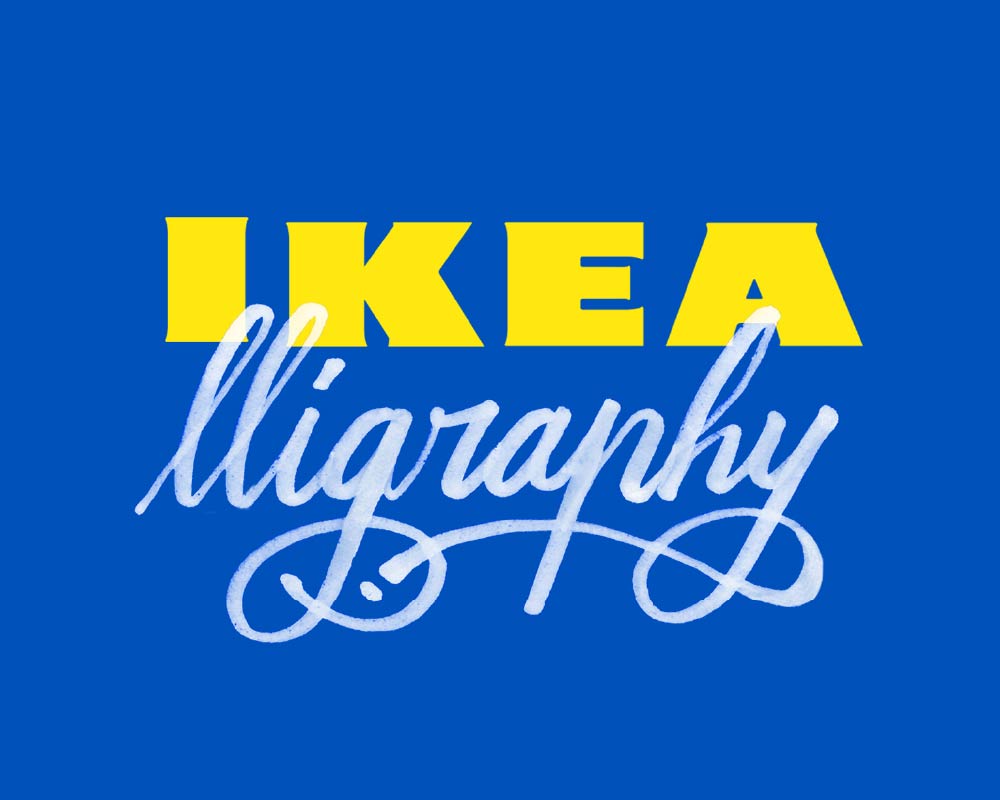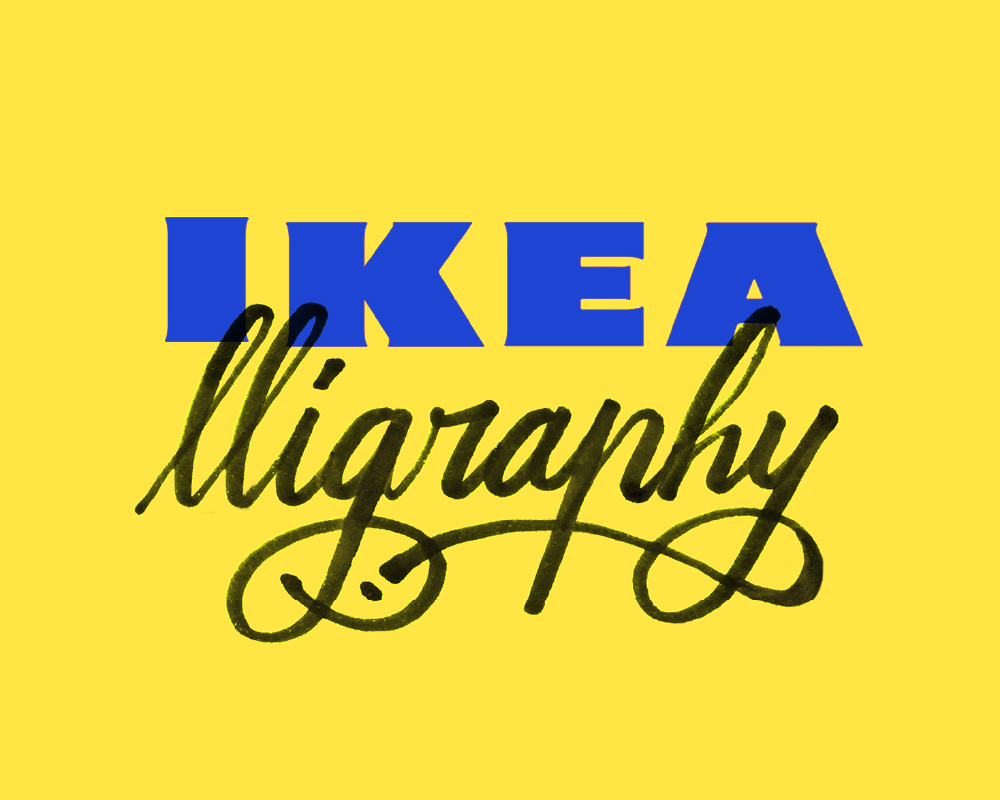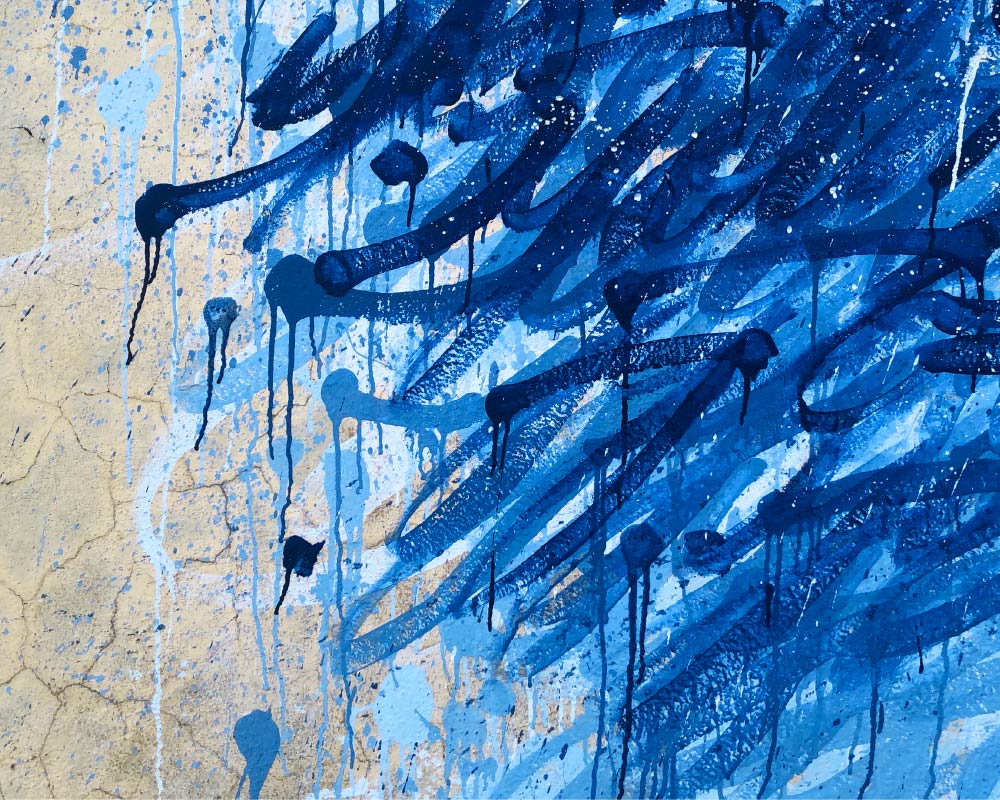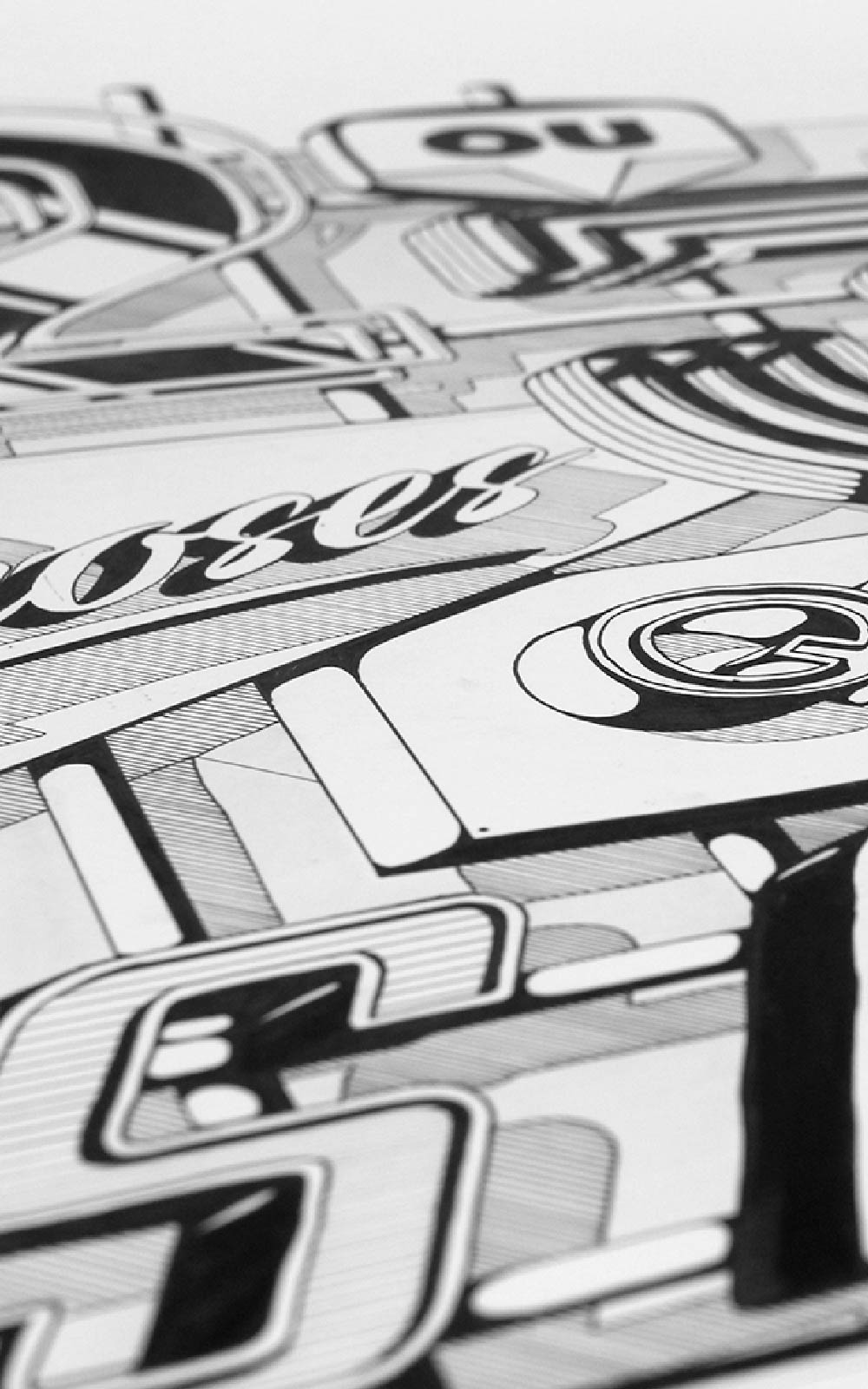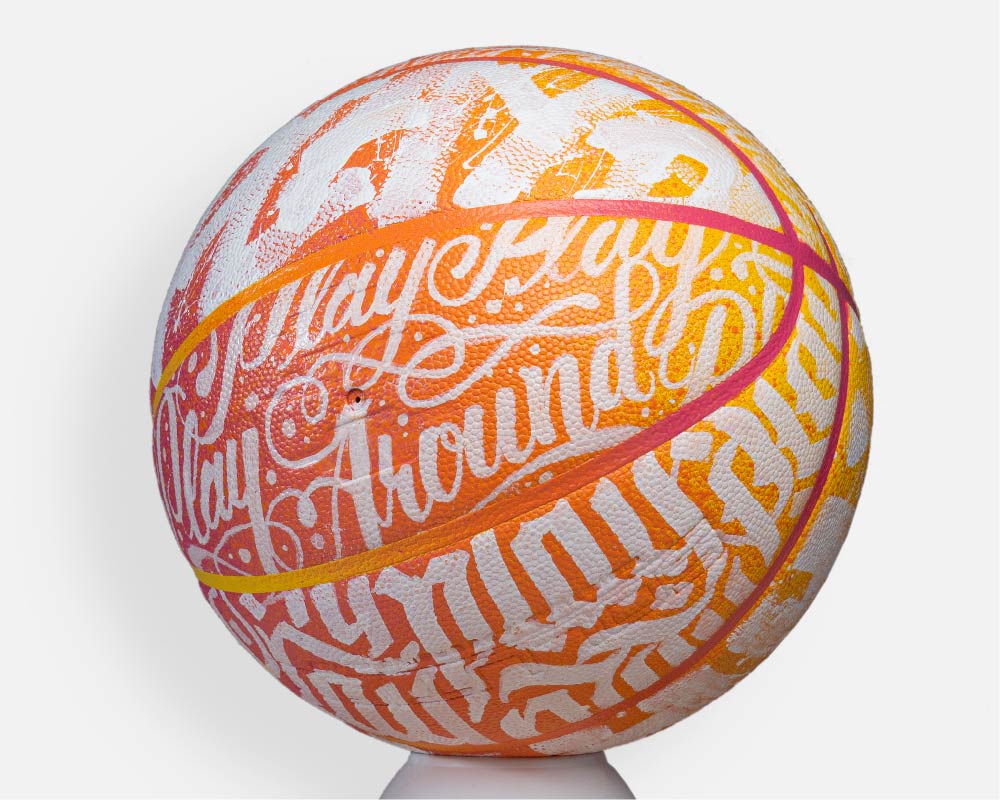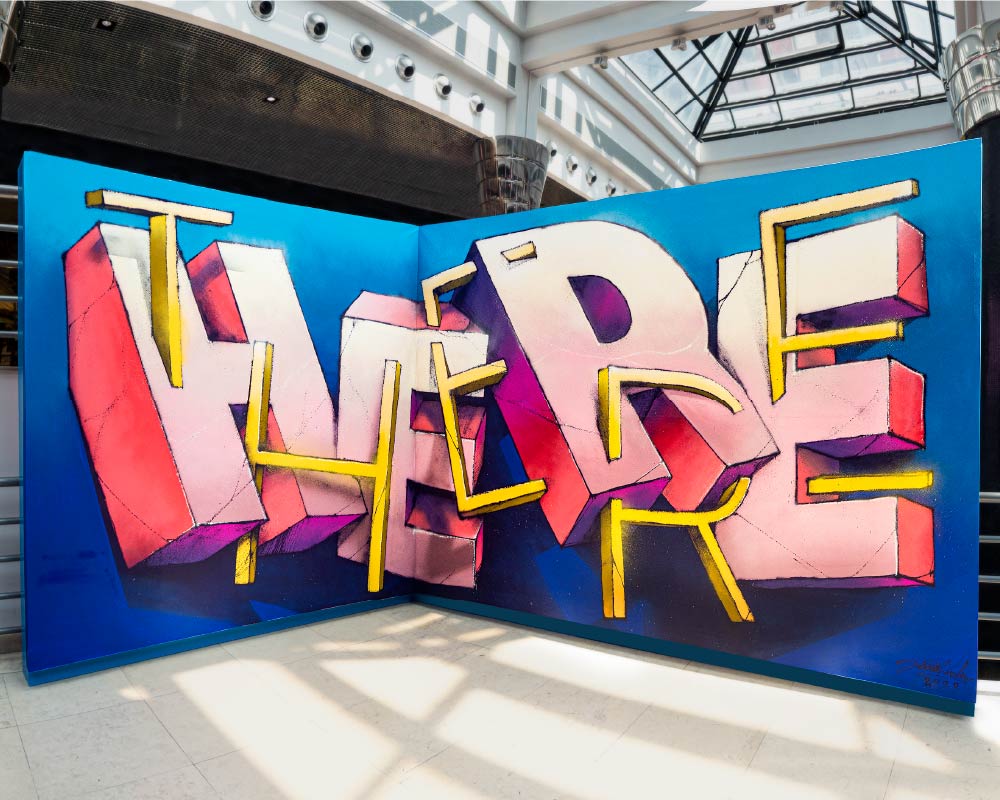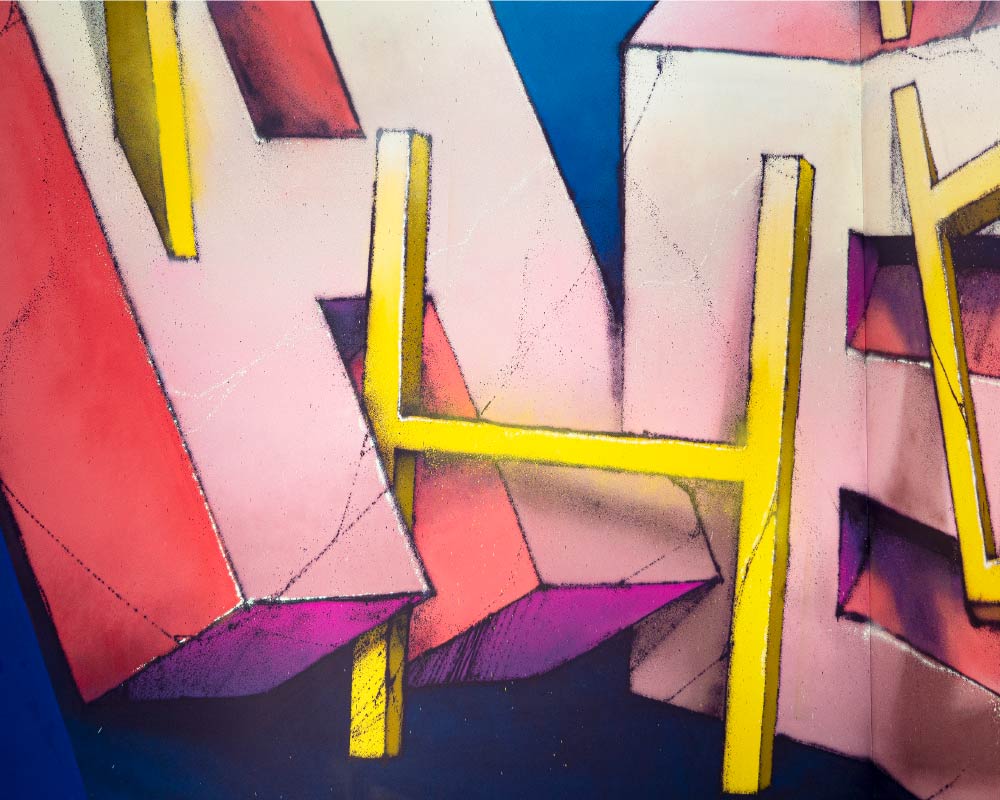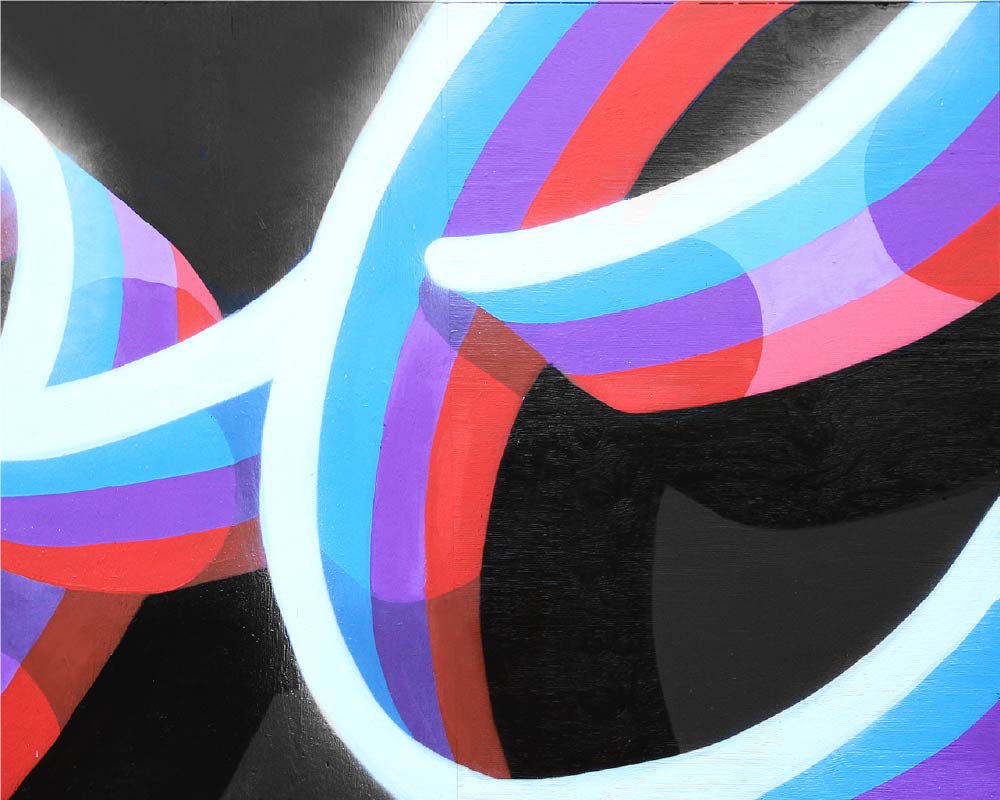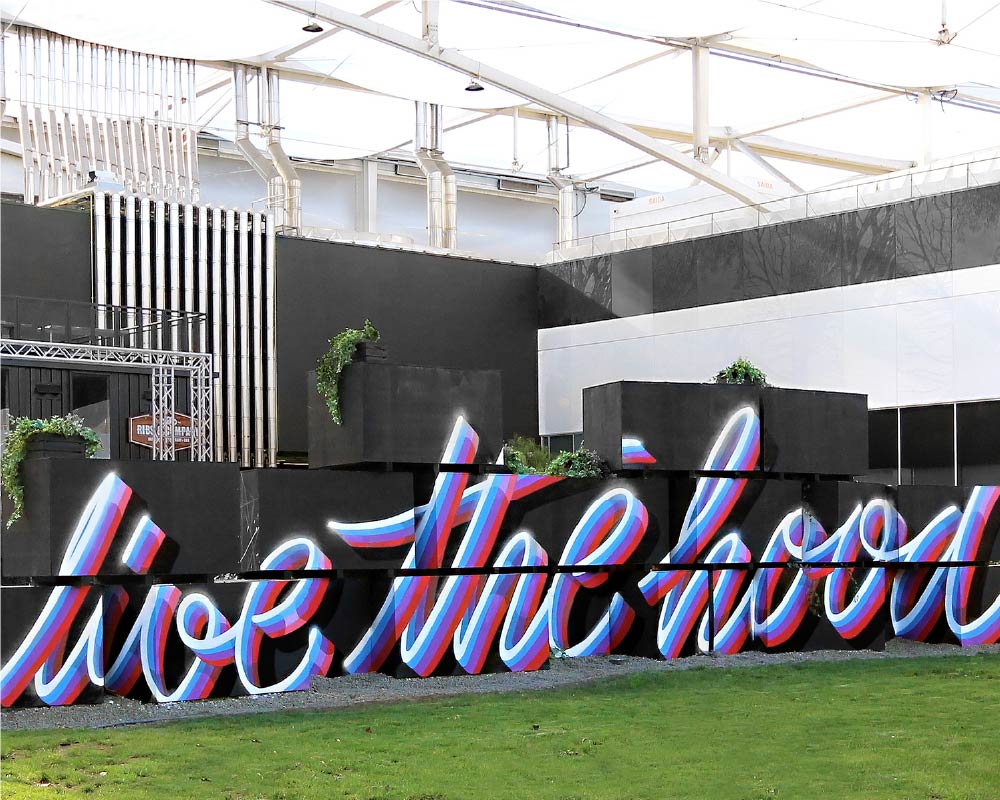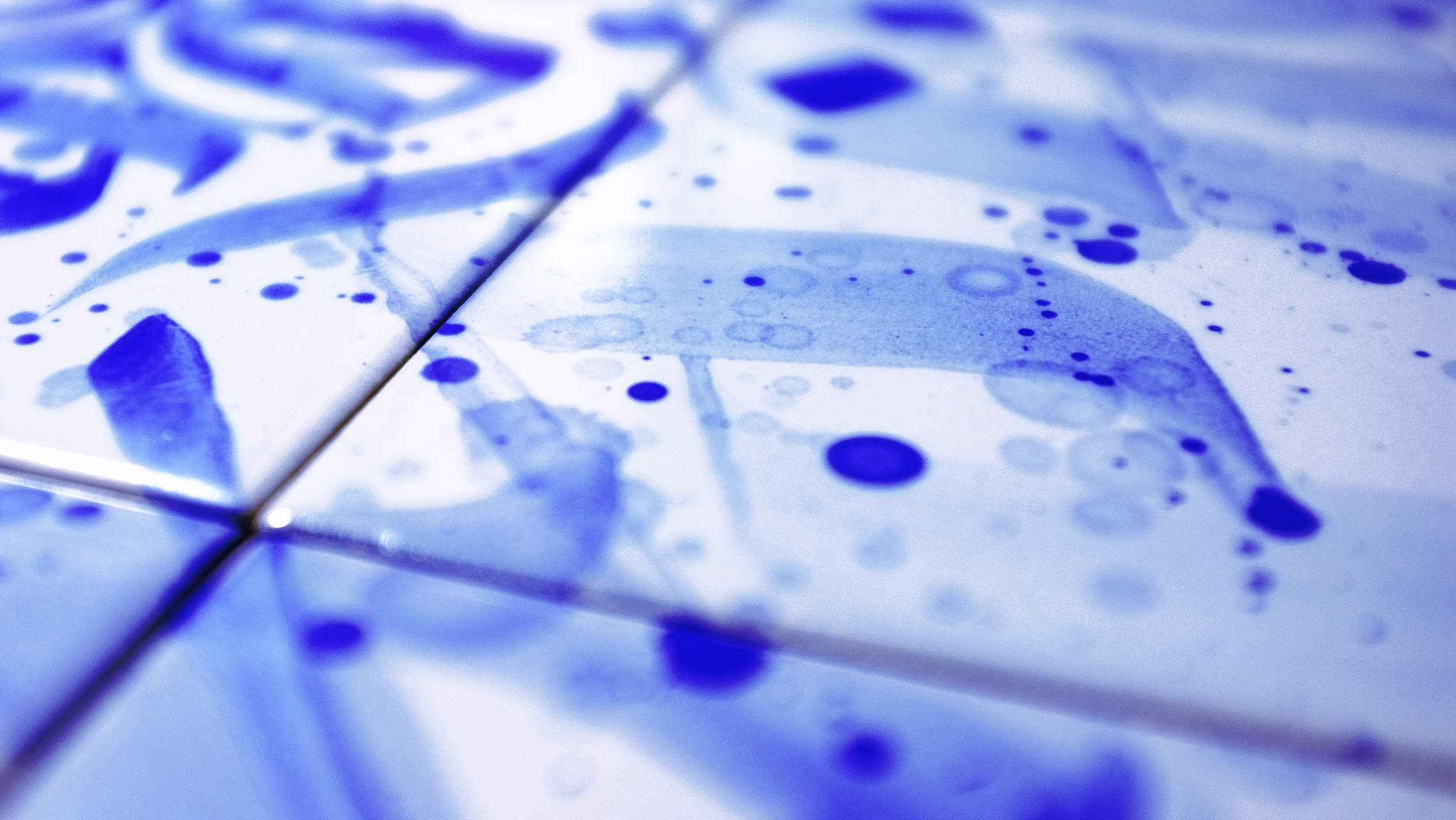
Azulejo
Traditional Portugues Calligraphy Tiles
In 1503, after a trip to Seville, King Manuel I of Portugal introduced the tile to Portuguese culture. The Moorish tradition of ‘horror vacui’ (fear of empty spaces) inherited by the Portuguese, led them to cover the inside and outside of whole buildings with these tiles.
When I had the opportunity to make handmade traditional Portuguese tiles, I decided to paint them in the most conservative way, with a brush and cobalt blue pigment. The calligraphic composition and the text were a reflection of what traditions are and how we should follow them.
16 Traditional Ceramic Tiles Cobalt Blue Pigment • 60X60cm • June 2020
Tile pannel
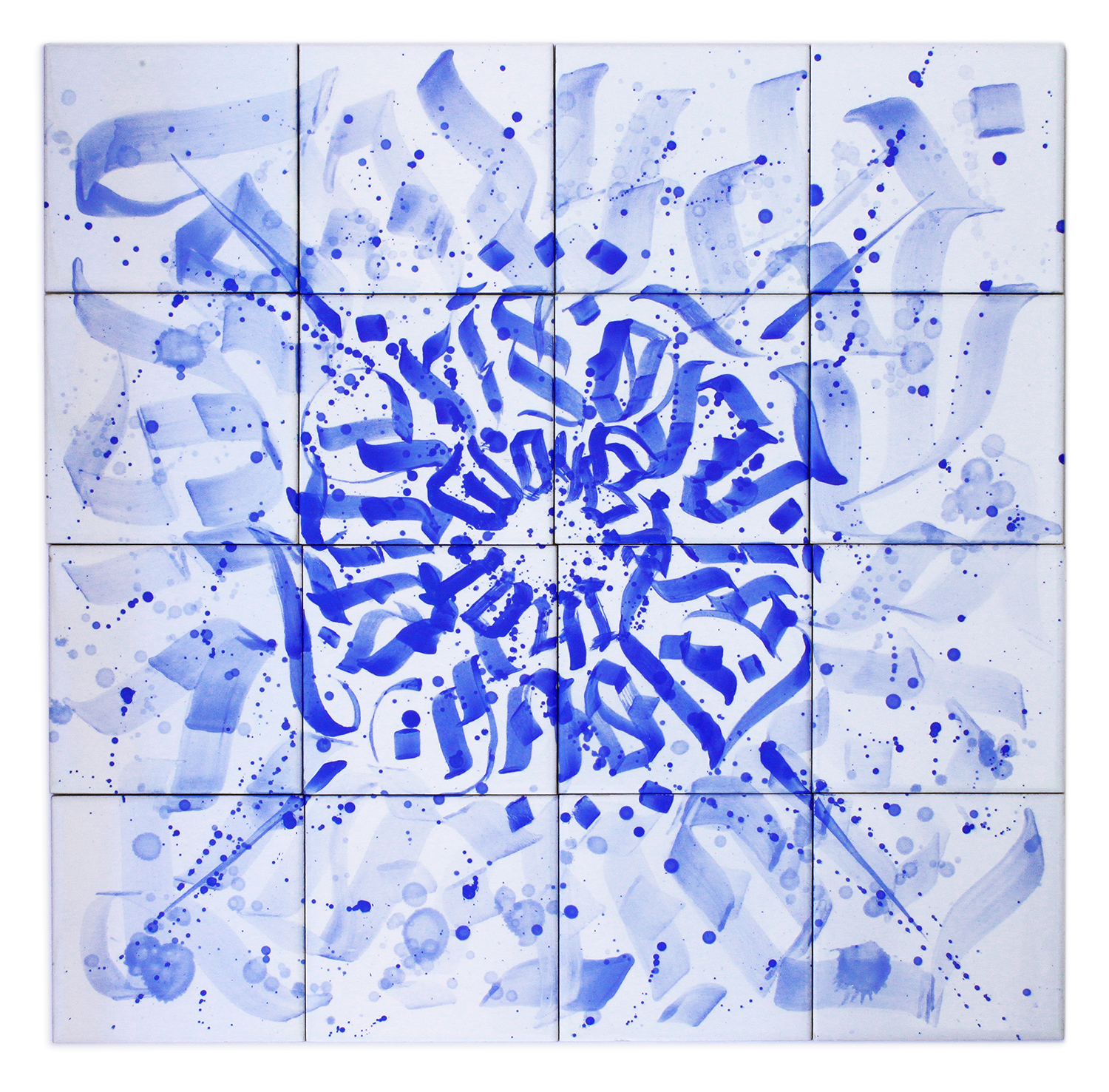
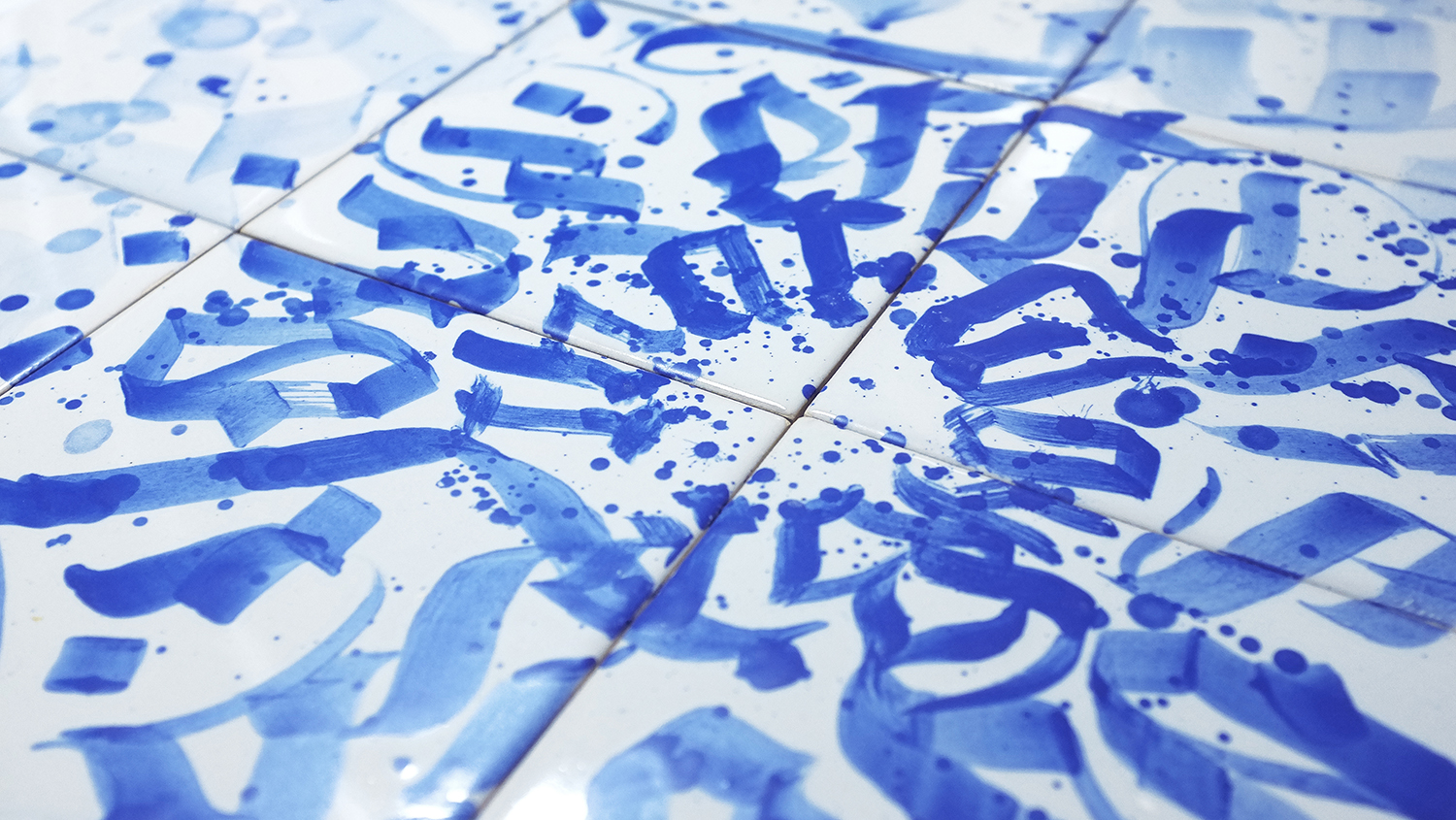
Molding clay
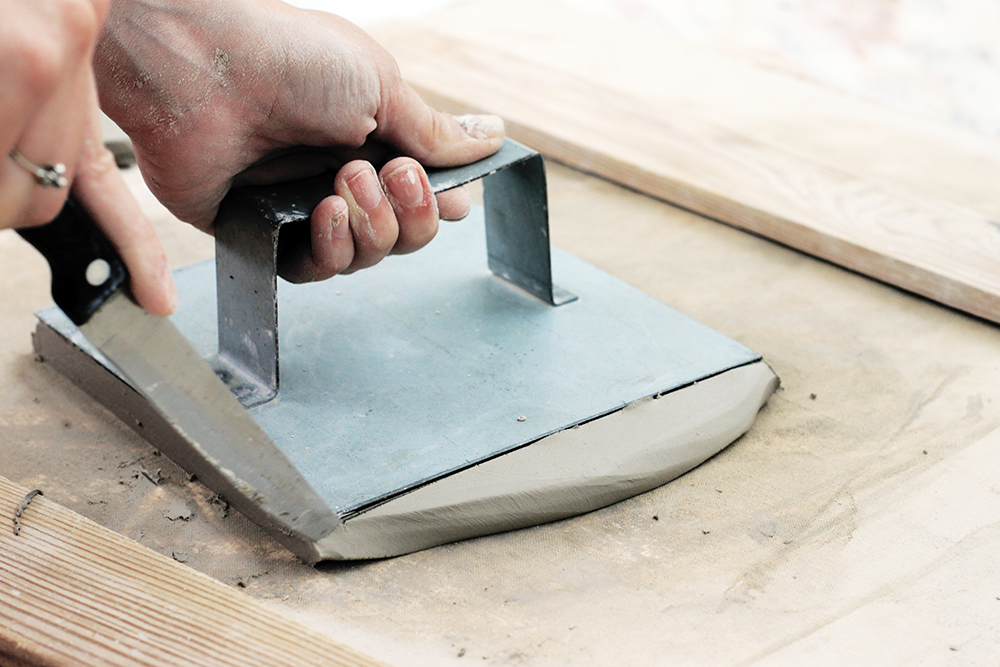
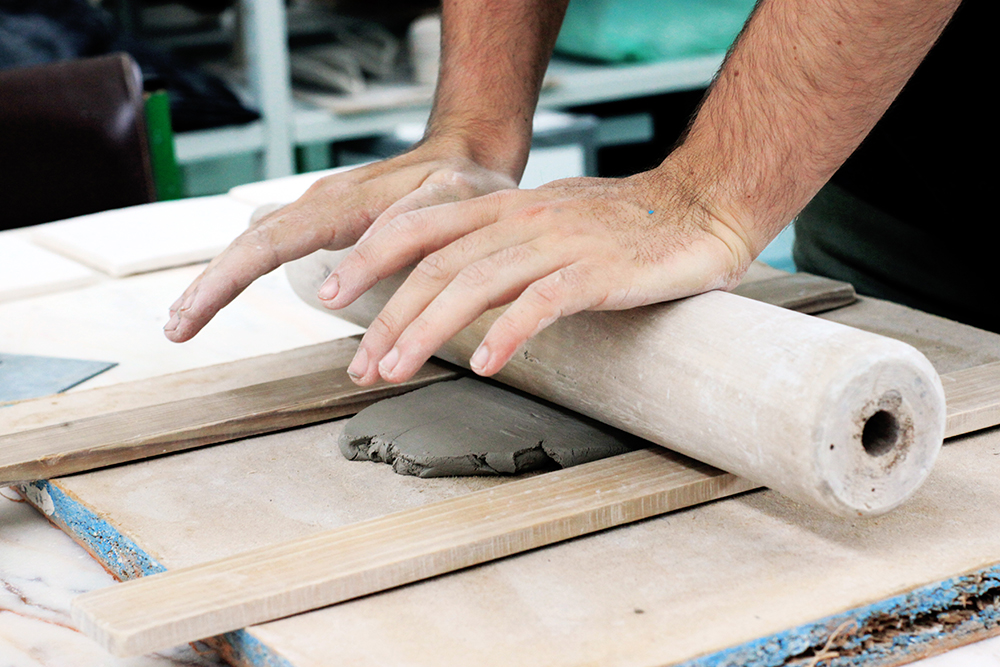
Painting
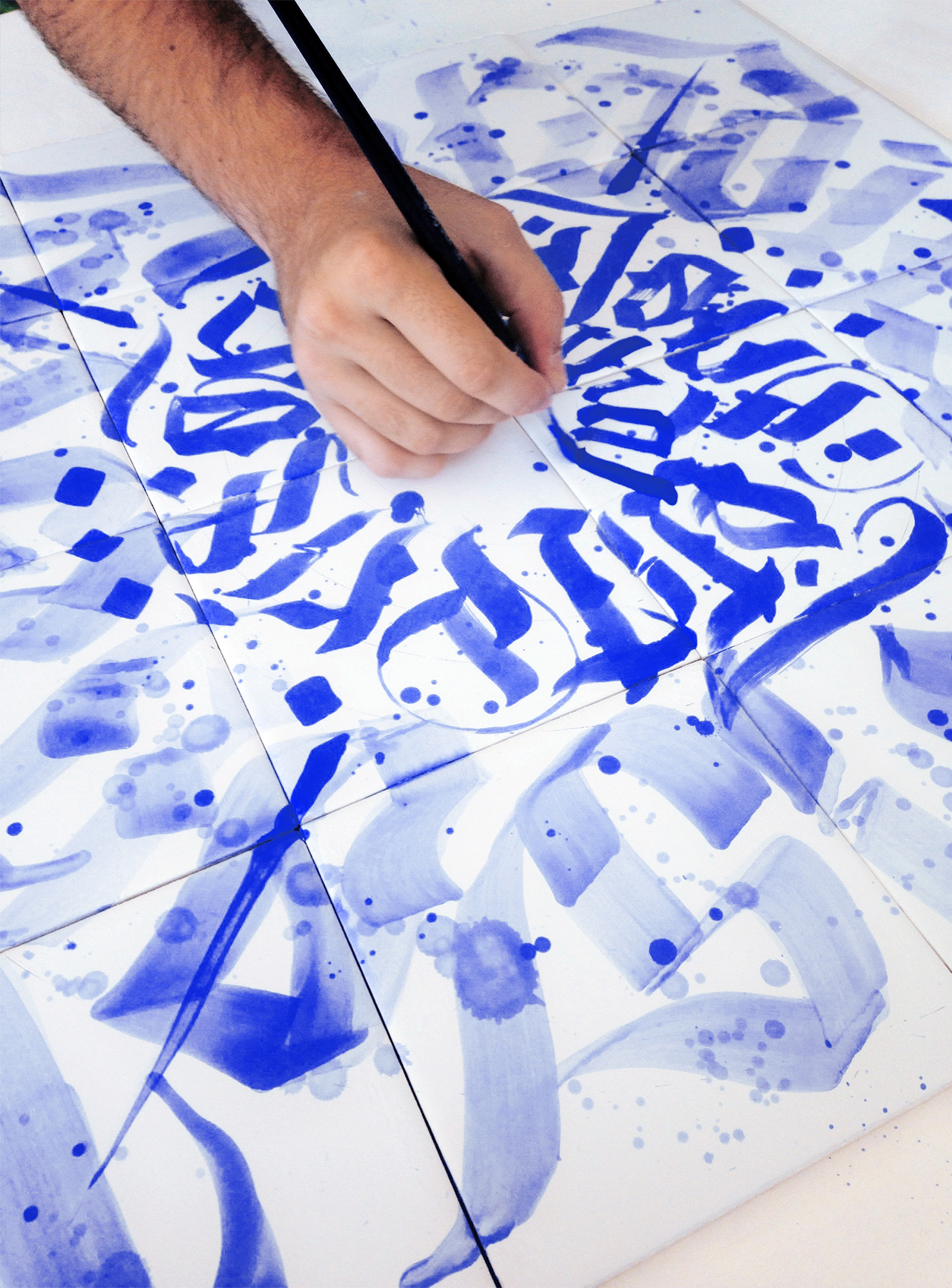
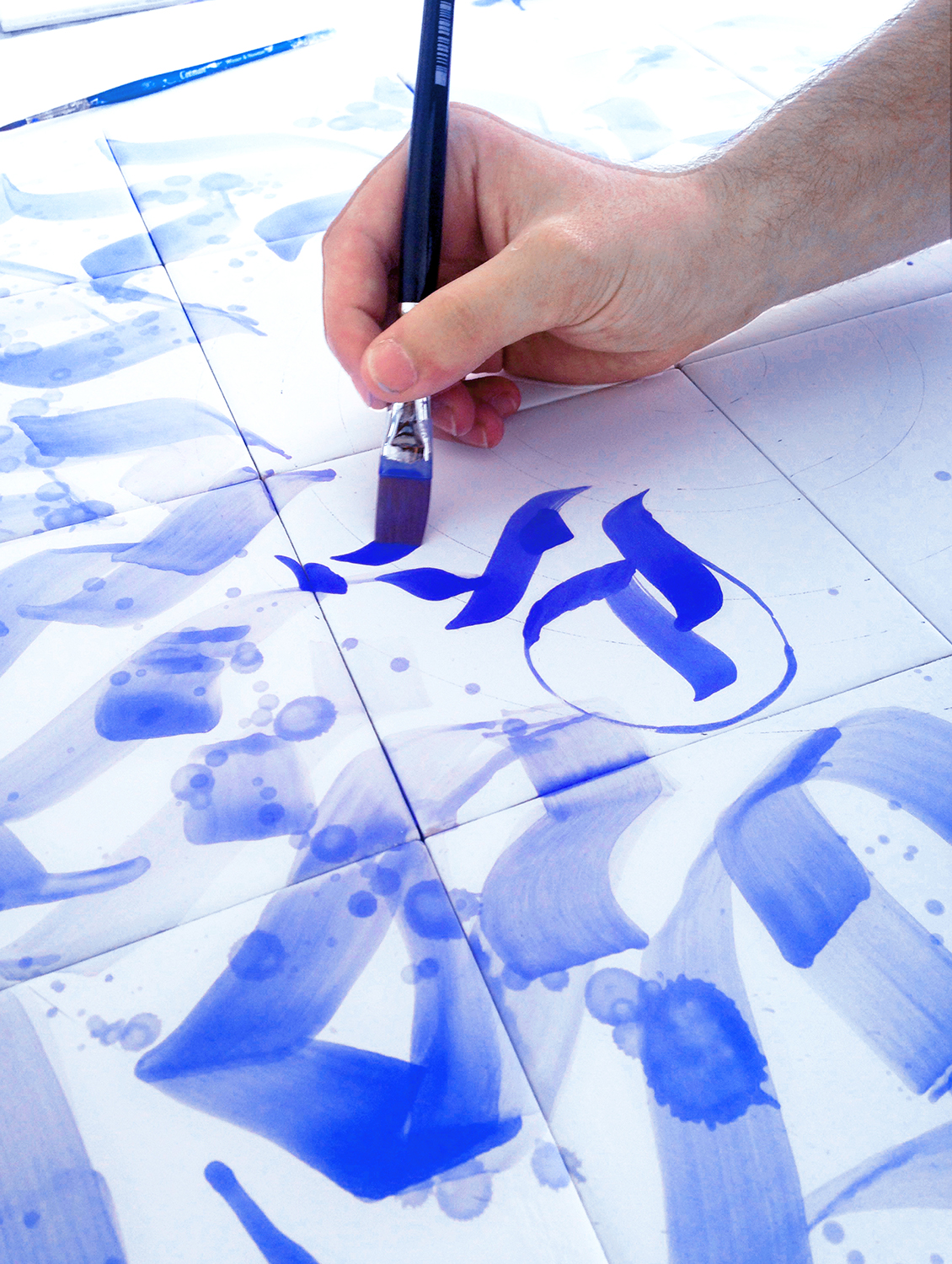

Azulejo
Traditional Portugues Calligraphy Tiles
In 1503, after a trip to Seville, King Manuel I of Portugal introduced the tile to Portuguese culture. The Moorish tradition of ‘horror vacui’ (fear of empty spaces) inherited by the Portuguese, led them to cover the inside and outside of whole buildings with these tiles.
When I had the opportunity to make handmade traditional Portuguese tiles, I decided to paint them in the most conservative way, with a brush and cobalt blue pigment. The calligraphic composition and the text were a reflection of what traditions are and how we should follow them.
16 Traditional Ceramic Tiles Cobalt Blue Pigment • 60X60cm • June 2020
Tile pannel


Molding clay


Painting


Back Up
Other projects
→


João Varela, 2024
© All Rights Reserved
Back Up
Other projects


João Varela, 2024
© All Rights Reserved


